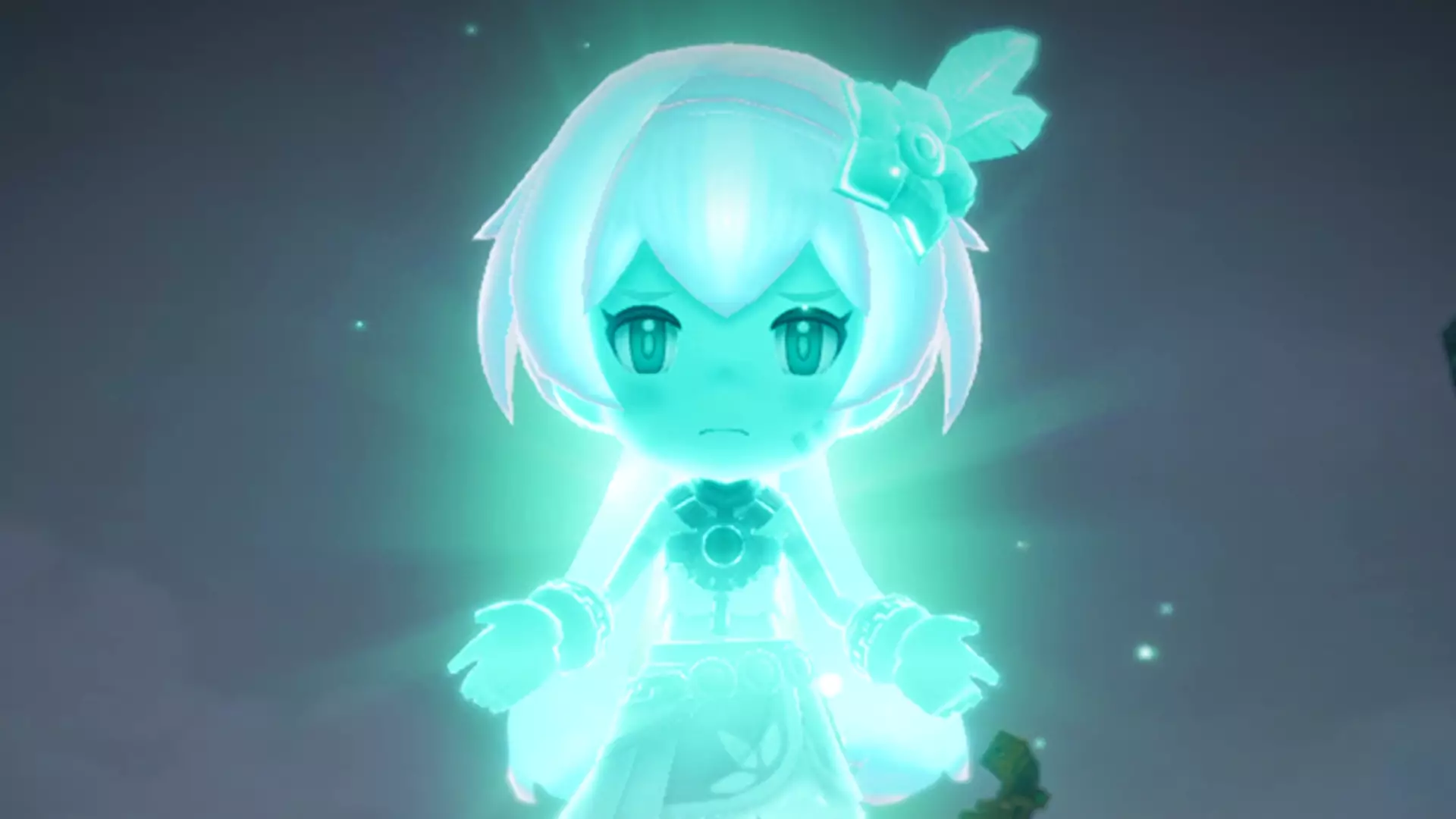After a 13-year hiatus, fans of the stellar life sim series can finally rejoice with the launch of *Fantasy Life i: The Girl Who Steals Time*. Debuting with an impressive 92% approval rating from over 2,000 Steam reviews on its release day, this sequel pays homage to its predecessor while introducing innovative mechanics that elevate the experience. Originally launched in Japan in 2012 on the 3DS, the *Fantasy Life* series harmoniously fuses farming and life simulation elements with traditional RPG-style dungeon exploration. The latest installment revamps this winning formula, illustrating that a wise blend of nostalgia and fresh ideas can generate excitement among both longtime fans and newcomers.
A New Dimension of Gameplay
The most remarkable aspect of *The Girl Who Steals Time* is its incorporation of a time travel theme that contrasts various epochs in-game, allowing players to influence gameplay and character progression. The introduction of 14 unique job classes—up from the 12 seen in the original—offers gamers a broader variety of roles to explore, further enhancing the sense of freedom that defines the series. The ability to fluidly change jobs while exploring adds a strategic element to combat and resource gathering, encouraging creative thinking and adaptability.
Yet, what truly sets this game apart is its open-world design. Players are given the chance to terraform their islands, craft decorations, and fully immerse themselves in a vibrant, diverse ecosystem. This depth creates a more captivating experience that connects players to their surroundings, making exploration feel rewarding and worthwhile. While other titles in the genre often limit players to mundane tasks, *The Girl Who Steals Time* seamlessly encourages engagement through varied gameplay mechanics.
Community Enthusiasm and Initial Reception
At the time of its release, *The Girl Who Steals Time* garnered a remarkable peak player count, surpassing 34,000 concurrent users on Steam, a figure that eclipses previous Level 5 hit *Ni No Kuni 2: Revenant Kingdom*. These numbers suggest a burgeoning demand and significance for the *Fantasy Life* brand within the gaming community. Not only has this game broken records, but it also has sparked spirited conversations among players, fostering a nostalgia-driven excitement alongside a collective eagerness to explore the new offerings.
Reviews across various platforms echo this collective enthusiasm—players detail their excitement and satisfaction with the title, sharing anecdotes of their hours spent immersed in this enchanting world. Comments from users portray an overwhelming sense of enjoyment, with many stating that they felt the $60 price point was justified even before completing the game.
Multiplayer Limitations: A Noteworthy Consideration
While the positive reception of *The Girl Who Steals Time* reflects its many strengths, some players have voiced concerns regarding its multiplayer capabilities. Notably, the game allows for up to four players to coexist on the same island and explore dungeons together. However, the multiplayer functionality appears to be restricted primarily to endgame content, leaving many players longing for a deeper integration into the main campaign or side quests. This limitation could pose a significant drawback for those looking to enjoy the game fully with friends. It’s an area ripe for improvement; fully integrated cooperative gameplay could have elevated the experience to even greater heights.
Looking Ahead: The Future of Fantasy Life
With such a resounding success upon release, it’s clear that *Fantasy Life i: The Girl Who Steals Time* is more than just a nostalgic return; it is a revitalized entry that strongly reaffirms the series’ place in contemporary gaming. The combination of engrossing gameplay, enchanting aesthetics, and a welcoming community indicates a bright future for the franchise. The anticipation surrounding potential expansions or sequels is palpable, with fans yearning to see how Level 5 might continue to innovate while harnessing the beloved elements of the *Fantasy Life* legacy.
As the game continues to evolve and capture the hearts of gamers worldwide, it remains to be seen how effectively Level 5 will address the concerns raised by users and capitalize on the game’s unique identity. With early adopters and loyal players rallying behind this captivating title, the stakes are high and the path ahead is ripe with promise.

